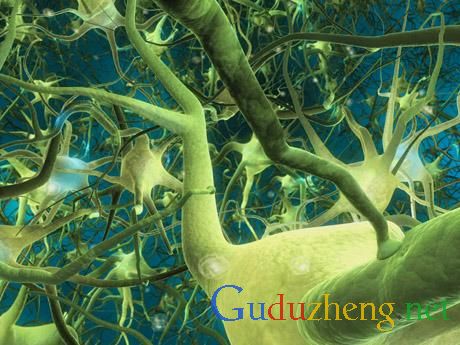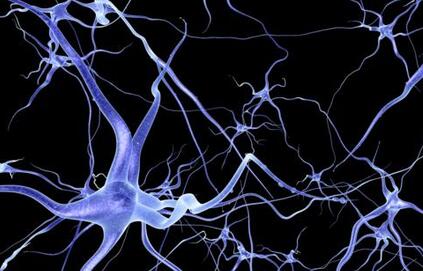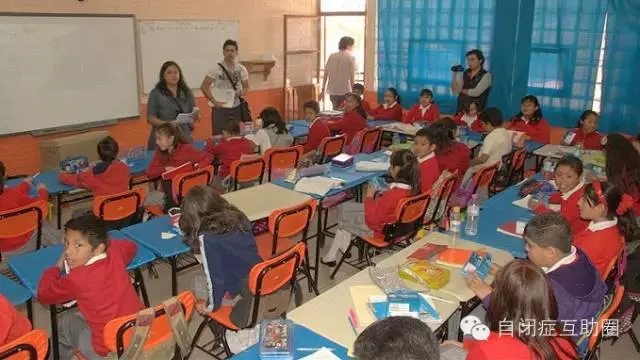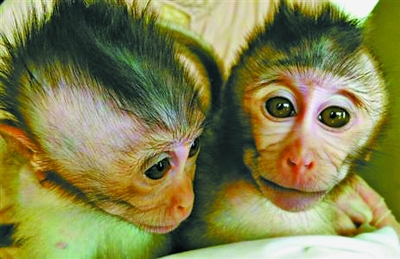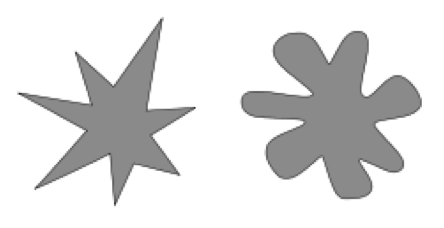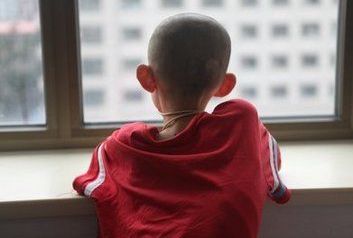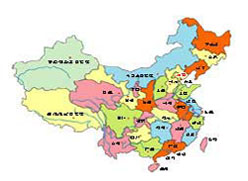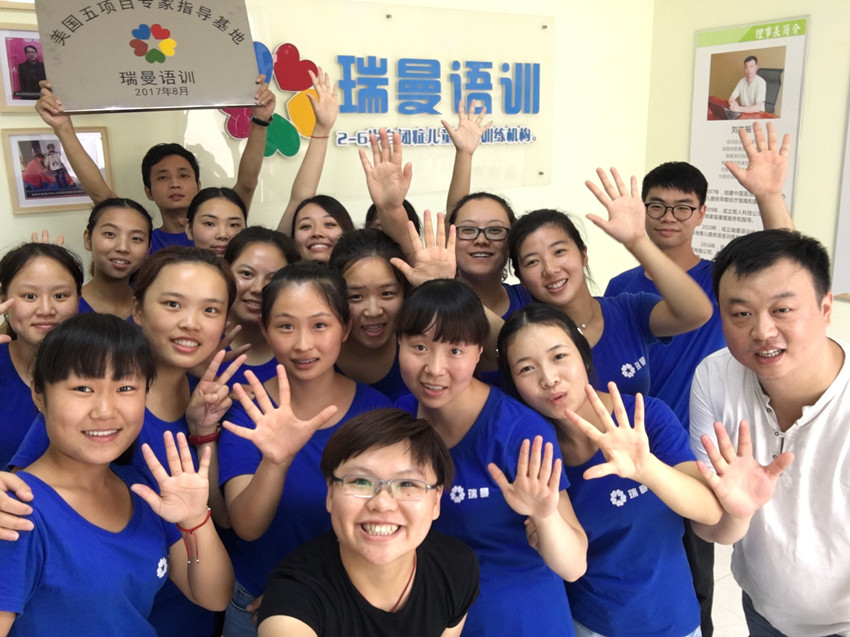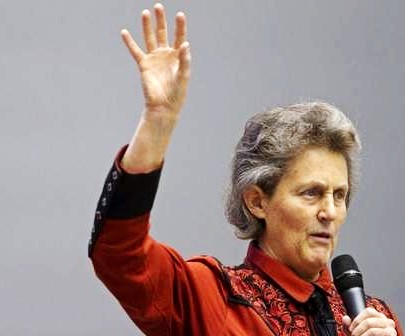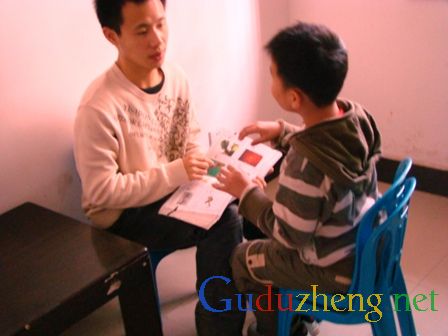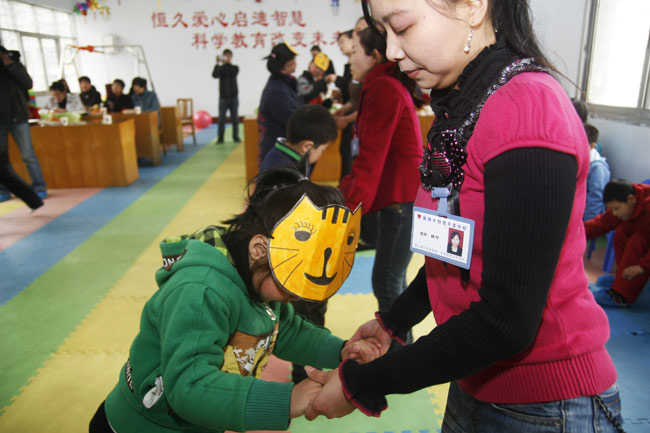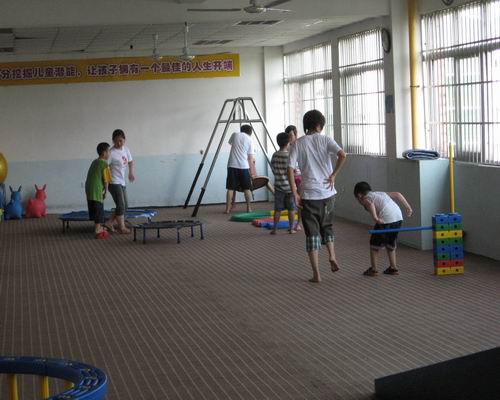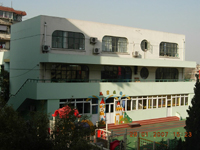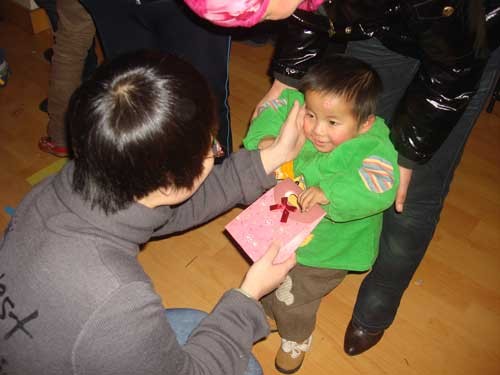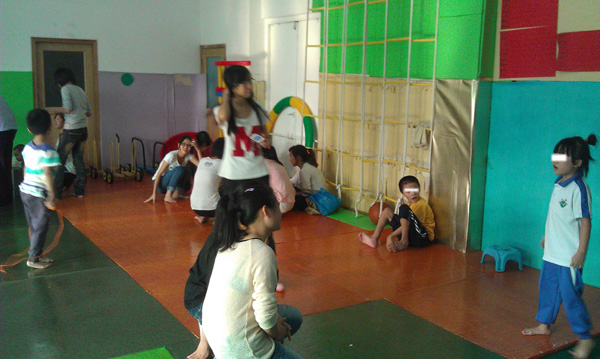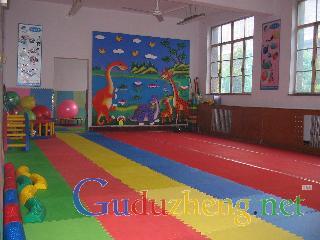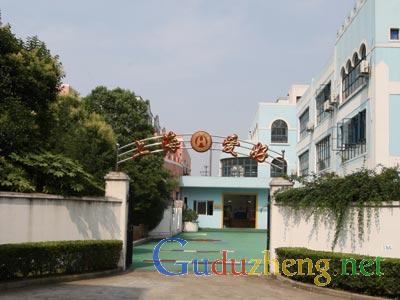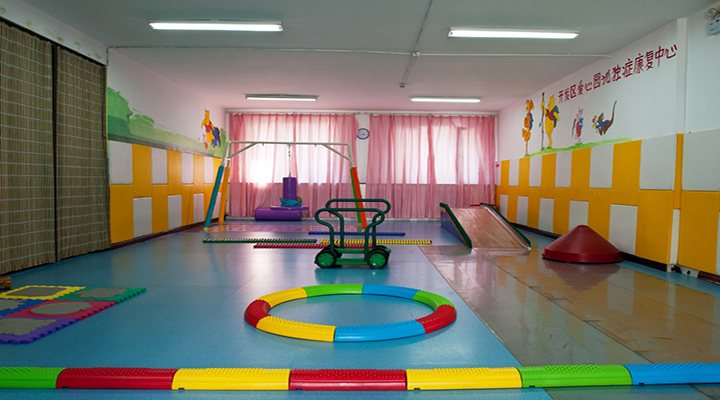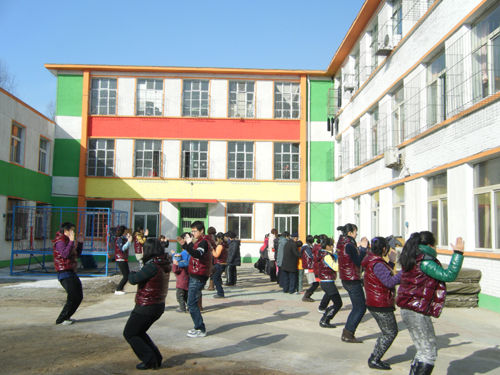哈佛研究員發(fā)現(xiàn)了6個(gè)新的基因涉及自閉癥, 這些基因在腦子里造成混亂停滯, 以至于不可能適當(dāng)?shù)匦纬尚碌倪B合.
這個(gè)研究發(fā)現(xiàn)也幫助解釋, 為什么積極強(qiáng)烈的教育規(guī)劃 (intense education programs) 可以幫助一些自閉癥的孩子, 因?yàn)槟承┗驅(qū)Σ幌У慕?jīng)驗(yàn)是有反應(yīng), 而這些基因只是被困住而無法發(fā)揮功能.
以行為治療法知名的蓋瑞.固斯坦博士( Dr. Gary Goldstein of the Kennedy Krieger Institute in Baltimore, http://www.kennedykrieger.org/kki_staff.jsp?pid=1901)說, “所以你必須在電路那里使勁推動(dòng)”, 他說, “遺傳學(xué)建議我們的作法是合理的, 當(dāng)我們不停地用積極強(qiáng)烈的教育規(guī)劃去推動(dòng)幼小的自閉兒學(xué)習(xí),他們會(huì)突然通過學(xué)習(xí)瓶頸;但是這個(gè)研究下的更大訊息是,每個(gè)自閉癥的現(xiàn)象太不同,以至于不能想象能以一個(gè)簡單的基因來測試它,反而將自閉癥者規(guī)化成有廣大多樣的基因缺陷;波士頓兒童醫(yī)院的遺傳學(xué)院長(chief of genetics at Children’s Hospital Boston )克里斯托弗.華席醫(yī)學(xué)博士(Dr. Christopher Walsh)說 “幾乎每個(gè)自閉癥的孩子都有他們自己的特殊起因” , 克里斯托弗.華席醫(yī)學(xué)博士專門研究自閉癥的源由,并出版在星期五科學(xué)學(xué)報(bào)(Friday’s edition of the journal Science ), 自閉癥的現(xiàn)象從腦部的范圍下研究很難明白,這個(gè)范圍包括從溫和的Asperger的綜合癥狀,到嚴(yán)重的社交孤立,語言溝通的障礙和重復(fù)性的失常行為.
從孿生的家庭到有重復(fù)自閉癥者的家庭史的廣泛研究,基因的確在自閉癥中扮演一個(gè)大角色.克里斯托弗.華席醫(yī)學(xué)博士說, “但到目前為止,確認(rèn)是基因起因而有的自閉癥案例只有15%(在美國)”, 所以克里斯托弗.華席醫(yī)學(xué)博士的研究團(tuán)隊(duì)采取了一項(xiàng)新的策略, 他們轉(zhuǎn)向了中東,一個(gè)傾向只有表兄弟/姊妹能結(jié)婚的的大家庭世界,以能增加可能性,來發(fā)現(xiàn)罕見基因的特征。 他們從喬丹、沙特阿拉伯、科威特、阿曼、巴基斯坦、卡塔爾、土耳其和阿拉伯聯(lián)合酋長國(Jordan, Saudi Arabia, Kuwait, Oman, Pakistan, Qatar, Turkey and the United Arab Emirates),吸收了88個(gè)以表兄弟婚姻且有高機(jī)率的自閉癥家庭,華席醫(yī)學(xué)博士的研究團(tuán)隊(duì)比較了家庭成員中的DNA, 查尋什么是隱性變化(recessive mutations),例如健康正常的父母體內(nèi)會(huì)有繼承的缺陷基因,而孩子的自閉癥是因繼承來自雙方父母的缺陷基因.在某些案例中,研究團(tuán)隊(duì)發(fā)現(xiàn)追蹤隱性規(guī)則(recessive rule ),他們發(fā)現(xiàn)了一大區(qū)域的DNA不見了!這個(gè)DNA不見的地區(qū)在每個(gè)家庭中有不同的變化,但至少有六個(gè)基因在自閉癥中扮演一個(gè)角色.
這個(gè)發(fā)現(xiàn)為什么重要:所有的基因似乎都是一個(gè)學(xué)習(xí)基礎(chǔ)網(wǎng)絡(luò)中的一部分,也就是腦細(xì)胞中的神經(jīng)元借著彼此之間的連接, 稱為突觸(synapses ),來反應(yīng)新的經(jīng)驗(yàn).在自閉癥現(xiàn)象發(fā)生的頭兩年, 突觸會(huì)迅速地形成并且成熟,而且有多余的部分在后面 “被修剪”( pruned ); 換句話說,嬰孩的腦子是由他的第一經(jīng)驗(yàn)被逐漸地塑造,以便使腦能有結(jié)構(gòu)地進(jìn)行學(xué)習(xí)和其它最新生活的功能.
By Associated Press – Texarkana Gazette 7/12/2008
Harvard researchers have discovered half a dozen new genes involved in autism that suggest the disorder strikes in a brain that can’t properly form new connections.
The findings also may help explain why intense education programs do help some autistic children—because certain genes that respond to experience weren’t missing, they were just stuck in the “off” position.
“The circuits are there but you have to give it an extra push,” said Dr. Gary Goldstein of the Kennedy Krieger Institute in Baltimore, which wasn’t involved in the gene hunt but is well-known for its autism behavioral therapy. The genetics suggest that “what we’re doing makes sense when we work with these little kids—and work and work and work—and suddenly get through,” he said. But the study’s bigger message is that autism is too strikingly individual to envision an easy gene test for it. Instead, patients are turning out to have a wide variety, almost a custom set, of gene defects. “Almost every kid with autism has their own particular cause of it,” said Dr. Christopher Walsh, chief of genetics at Children’s Hospital Boston, who led the research published in Friday’s edition of the journal Science. Autism spectrum disorders include a range of poorly understood brain conditions, from the mild Asperger’s syndrome to more severe autism characterized by poor social interaction, impaired communication and repetitious behaviors.
It’s clear that genes play a big role in autism, from studies of twins and families with multiple affected children. But so far, the genetic cause is known for only about 15 percent of autism cases, Walsh said. So Walsh’s team took a new tack. They turned to the Middle East, a part of the world with large families and a tendency for cousins to marry, characteristics that increase the odds of finding rare genes. They recruited 88 families with cousin marriages and a high incidence of autism, from Jordan, Saudi Arabia, Kuwait, Oman, Pakistan, Qatar, Turkey and the United Arab Emirates. They compared the DNA of family members to search for what are called recessive mutations — where mom and dad can be healthy carriers of a gene defect but a child who inherits that defect from both parents gets sick. In some of the families, they found large chunks of missing DNA regions that followed that recessive rule. The missing regions varied among families, but they affected at least six genes that play a role in autism. Here’s why this matters: All the genes seem to be part of a network involved in a basic foundation of learning—how neurons respond to new experiences by forming connections between each other, called synapses. In the first year or two of life—when autism symptoms appear—synapses rapidly form and mature, and unnecessary ones are “pruned” back. In other words, a baby’s brain is literally being shaped by its first experiences so that it is structurally able to perform learning and other functions of later life.
 家長一點(diǎn)通:
家長一點(diǎn)通:
